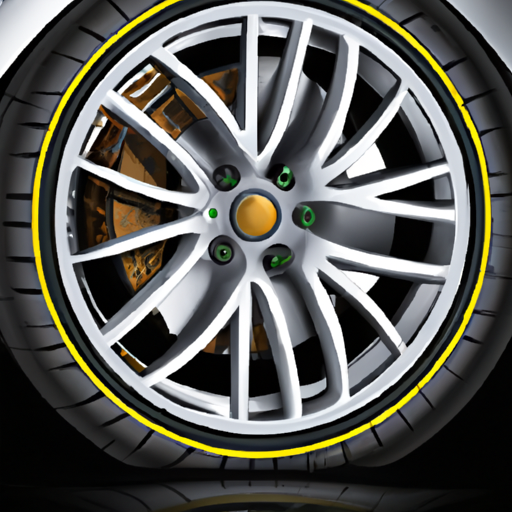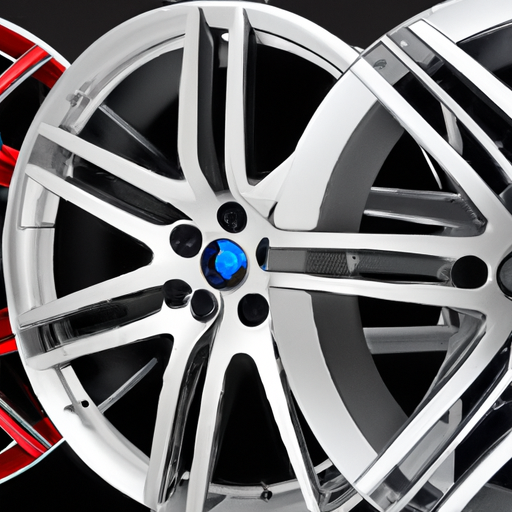Have you ever wondered how to choose the right offset for your car wheels? The offset is a crucial factor that affects the look and performance of your vehicle. This article will guide you through the process of selecting the perfect offset for your car, taking into consideration factors such as appearance, tire clearance, and handling characteristics. By understanding the importance of offset and its impact on your car, you’ll be able to make an informed decision when it comes to upgrading your wheels.

What is Offset?
Definition of Offset
Offset refers to the distance between the wheel’s mounting surface and the centerline of the wheel. It plays a crucial role in determining the fitment and stance of your car’s wheels. The offset value can be positive, negative, or zero, depending on the positioning of the mounting surface in relation to the centerline.
Importance of Offset for Car Wheels
The offset of your car’s wheels is a critical factor that affects not only the aesthetic appeal but also the performance and overall handling characteristics of your vehicle. Choosing the right offset ensures that your wheels fit perfectly within the wheel well and enhances the overall appearance of your car. Additionally, the offset influences how the vehicle handles, how the tires wear, and how the suspension system performs.
Factors to Consider
Wheel Width
When determining the ideal offset, the width of the wheel must be taken into consideration. A wider wheel often requires a lower offset to ensure proper clearance between the wheel and suspension components.
Wheel Diameter
The diameter of the wheel affects the offset selection. Larger diameter wheels generally require lower offsets to maintain proper fitment and clearance.
Vehicle Fitment
Proper vehicle fitment is crucial in determining the right offset. Different vehicles have different clearance requirements, and the wrong offset can lead to rubbing, interference with suspension components, or even compromised safety.
Suspension and Brake Upgrades
If you have made any modifications to your suspension or brake system, it is essential to consider how these upgrades may affect the offset requirements. Certain modifications may require specific offsets to accommodate the changes.
Driving Conditions
Consider the driving conditions in which your car will primarily be used. If you frequently encounter uneven terrains or off-road environments, a different offset may be required to ensure optimal performance and prevent damage to your wheels.
Aesthetic Preferences
While performance and fitment should be the primary considerations, it is also essential to consider your personal aesthetic preferences. Different offsets can create various appearances, from a tucked-in and aggressive stance to a wider and more flush look.
Understanding Wheel Measurements
Offset Measurement
The offset measurement is typically indicated as a positive, negative, or zero value. A positive offset means the mounting surface is closer to the outside of the wheel, while a negative offset signifies the mounting surface is closer to the inside of the wheel. Zero offset indicates that the mounting surface is in line with the centerline of the wheel.
Backspacing
Backspacing refers to the distance between the back edge of the wheel and the mounting surface. It is closely related to offset and is crucial in determining wheel fitment.
Bolt Circle
The bolt circle, also known as the bolt pattern, refers to the diameter of the imaginary circle passing through the center of all the wheel’s bolt holes. It is essential to ensure that the bolt circle aligns with the one on your car’s hub for proper fitment.
Determining the Ideal Offset
Manufacturer’s Recommendations
One of the easiest ways to determine the ideal offset for your car is by checking the manufacturer’s recommendations. Most vehicle manufacturers provide guidelines or specifications for choosing the correct offset. These recommendations ensure that the wheels are aligned correctly and complement the overall design and performance of the vehicle.
Consulting Experts
If you are unsure about the right offset for your car, consulting experts such as wheel and tire professionals or suspension specialists can provide valuable insights and recommendations. Their expertise and experience can help you make an informed decision that optimizes your car’s performance and appearance.
Trial and Error
In some cases, determining the ideal offset may require a trial and error approach. This involves test fitting different wheels with varying offsets to find the perfect balance between fitment, clearance, and aesthetic preferences. Keep in mind that this method may require significant time, effort, and cost as you experiment with different setups.
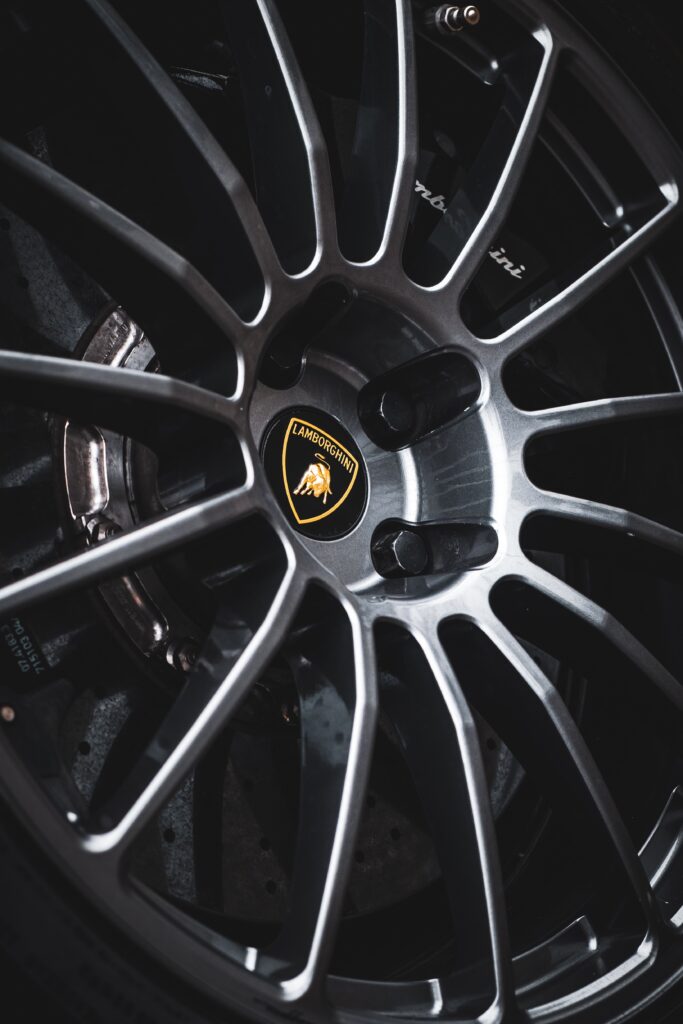
Effects of Offset
Positive Offset
When the offset is positive, the mounting surface is closer to the outer edge of the wheel. This creates a narrower track width and a tucked-in appearance. Positive offset wheels generally offer better clearance for suspension components and are commonly found on front-wheel-drive cars.
Negative Offset
Negative offset means that the mounting surface is closer to the inside of the wheel. This results in a wider track width and a more aggressive, “flush” look. Negative offset wheels can increase stability and traction but may require additional modifications to ensure proper fitment and prevent rubbing issues.
Zero Offset
Zero offset indicates that the mounting surface is exactly aligned with the centerline of the wheel. This is a common offset measurement for many stock wheels. Zero offset provides a neutral and balanced stance, with the tire centered within the wheel well.
Deep Dish Wheels
Deep dish wheels have a significant negative offset, pushing the wheel’s mounting surface further towards the outer edge. This design creates a concave appearance, where the wheel’s spokes curve inward. Deep dish wheels are popular among car enthusiasts who prefer a more aggressive and noticeable look.
Performance Considerations
Handling and Stability
The offset significantly affects a vehicle’s handling and stability. The right offset ensures that the tires remain properly aligned under various driving conditions, preventing excessive wear and maintaining optimal traction. Improper offset selection can negatively impact cornering ability and stability, affecting the overall driving experience.
Acceleration and Braking
The offset indirectly influences the car’s acceleration and braking performance. The correct offset ensures that the tires have sufficient clearance to accommodate larger brake calipers and rotors. It also helps distribute the car’s weight evenly, maximizing traction during acceleration and providing consistent braking performance.
Steering Response
A well-selected offset positively contributes to the steering response and overall maneuverability of the vehicle. Proper alignment and fitment achieved through the correct offset ensure that the tires respond accurately to steering inputs, allowing for precise control and a more enjoyable driving experience.
Tire Wear and Alignment
Incorrect offset selection can lead to uneven tire wear and premature tire failure. A poor fitment may cause excessive scrubbing, wearing down the tires more rapidly. It can also affect the vehicle’s alignment, resulting in poor handling, unstable driving, and reduced tire lifespan.
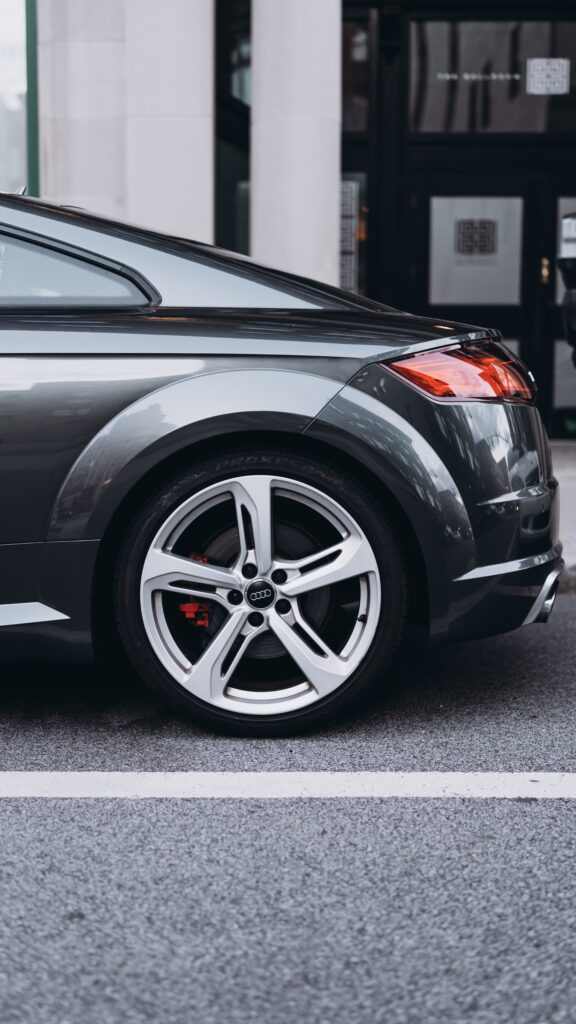
Potential Issues with Incorrect Offset
Rubbing and Clearance Issues
One of the most common issues resulting from an incorrect offset is rubbing between the tire and fender or other suspension components. This can cause damage to both the tire and the car and may compromise safety. The correct offset ensures adequate clearance to prevent rubbing issues.
Fender Rolling or Modifications
In some cases, achieving the desired fitment may require fender rolling or modifications to the bodywork. This is done to create additional space to accommodate a wider or lower offset wheel setup. These modifications should be performed by professionals to avoid compromising the structural integrity of the vehicle.
Interference with Suspension Components
Choosing the wrong offset can result in interference with suspension components, such as shocks, springs, or control arms. This can lead to compromised performance, reduced suspension travel, and potential damage to the components. It is crucial to ensure proper clearance to avoid such issues.
Increased Stress on Wheel Bearings
Incorrect offset can increase the stress on wheel bearings, leading to premature wear and failure. Excessive stress on wheel bearings can cause issues such as wheel wobbling, vibration, and noise. Choosing the right offset helps distribute the load evenly, reducing stress on the wheel bearings and ensuring their longevity.
Consulting Vehicle Manufacturers
Owner’s Manual
Consulting your vehicle’s owner’s manual is a great starting point when determining the appropriate offset. It can provide valuable information specific to your car’s make and model, including recommended wheel sizes and offset ranges.
Manufacturer Websites
Many car manufacturers have websites or online resources that provide detailed information about recommended wheel sizes, offsets, and fitment specifications. These resources can be an excellent reference to ensure you choose the right offset for your specific vehicle.
Authorized Dealers
Authorized dealerships are reliable sources of accurate information regarding the recommended offset for your car. They have access to the manufacturer’s guidelines and can provide expert advice tailored to your vehicle’s specifications.
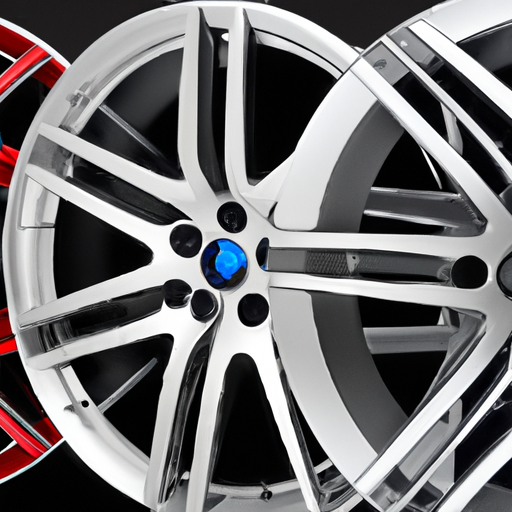
Seeking Professional Advice
Experienced Wheel and Tire Shops
Experienced wheel and tire shops have in-depth knowledge of various vehicle makes and models, wheel fitment, and offset requirements. They can assess your vehicle’s specific needs, taking into account factors such as suspension modifications, brake upgrades, and driving conditions.
Suspension and Alignment Specialists
If you have made extensive suspension modifications or require precise alignment adjustments, consulting suspension and alignment specialists can provide expert advice. They can evaluate your vehicle’s suspension geometry and suggest the ideal offset to complement the suspension setup.
Automobile Enthusiast Communities
Online forums and communities dedicated to automobile enthusiasts can be excellent sources of information and advice. Engaging with fellow car enthusiasts who have experienced similar modifications can help you gain insights and recommendations when choosing the right offset for your car.
Trial and Error Approach
Using Wheel Spacers
Wheel spacers are devices installed between the wheel and the hub to increase the offset. They can be used to fine-tune fitment and achieve the desired appearance and clearance. However, it is essential to use high-quality spacers and consult a professional to ensure safe and proper installation.
Adjusting Suspension
In some cases, adjusting the suspension setup can influence the offset requirements. Modifying suspension components, such as camber plates or coilovers, can alter the vehicle’s ride height and adjust wheel fitment needs. However, suspension adjustments should be performed by professionals to maintain safety and performance.
Proper Testing and Evaluation
When using trial and error, it is crucial to thoroughly test and evaluate each setup. Pay attention to tire clearance, rubbing issues, and the impact on suspension and steering performance. Gathering data and feedback from each tire fitment allows you to make informed decisions and find the ideal offset for your car.
In conclusion, choosing the right offset for your car wheels is crucial for both performance and aesthetics. Understanding the various factors to consider, such as wheel width, diameter, vehicle fitment, and driving conditions, will help guide you towards making an informed decision. Consulting manufacturer recommendations, experts, or online communities can provide valuable insights, while a trial and error approach may be necessary to fine-tune fitment. Properly chosen offset enhances handling, stability, acceleration, and braking while avoiding potential issues like rubbing, interference, and increased stress on wheel bearings. Seeking professional advice and considering suspension modifications or using wheel spacers can also contribute to achieving the ideal offset. By taking the necessary time and effort, you can optimize your car’s wheel fitment and enjoy a safe, stylish, and high-performance driving experience.
